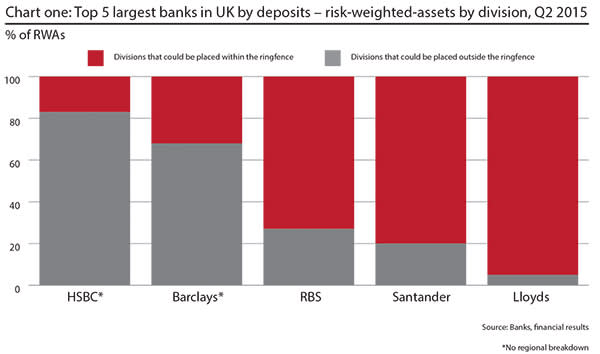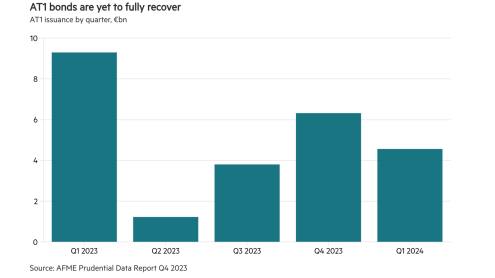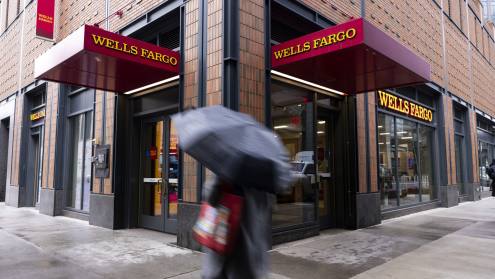In October this year, the UK’s Prudential Regulation Authority (PRA) proposed rules for the ringfencing of retail operations from investment banking arms that are likely to have a major impact on six lenders operating in the UK – HSBC, Barclays, RBS, Santander, Lloyds and the Co-operative Bank. The latter slips into consideration thanks to its large deposit base, even though it does not have an investment banking arm.
The PRA estimates that ringfencing will cost between £2.2bn ($3.4bn) and £3.3bn in Tier 1 capital increases for the six banks concerned. On the face of it, this is not a huge cost, but persuading investors to capitalise investment banks independently may be tricky, given their recent poor profit performance.
The range of services offered by the UK’s top three banks can still be described as ‘universal’, with HSBC leading the charge – in 2014 the bank’s revenue from retail and wealth management was 45% of the total. Retail business plays a somewhat more prominent role at Barclays and is becoming dominant at RBS, which has been reducing its investment banking arm since the crisis.
Hiving off its investment bank and foreign operations will be costly for HSBC, as more than 80% of the bank’s risk-weighted assets (RWAs) are linked to this type of activity (see chart). This figure is likely to rise further, as only UK retail operations need to be counted in the retail ringfence, potentially leaving overseas retail operations on the investment banking side of the divide.

HSBC has been preparing for the imminent Balkanisation for some time – it is dedicating a new office in Birmingham to service the ringfenced domestic retail operations. The building is currently under construction, to be completed in 2018, a year before the regulation will become effective. In the meantime, 22,000 of the bank’s UK employees are to migrate to the new ringfenced business by the end of this year.
At Barclays, most of the business will also be located outside of the ringfence. RWAs for its personal and corporate banking division amount to 32%, but again this number is most likely an overestimate because Barclays provides no regional breakdown of this figure. In the presentation of its half-year results in July, the bank estimated that the ringfenced business will service more than 16 million customers.
The rule will be less of a headache for three other banks, all of which conduct most of their business within the confines of the ringfence.
At RBS, the RWAs of the investment bank amount to 27% of the total. The rest of the bank’s business – the personal and commercial banking businesses along with the franchise in Northern Ireland – would likely land within the ringfence. The situation is similar at Santander, where RWAs of the investment banking unit amount to about 20% of the total.
The bank that will be least affected is Lloyds, which specialises nearly exclusively in retail and wholesale banking. The lender estimates that between 95% and 97% of its business qualifies as belonging in the ringfence, leaving only a small investment banking segment, which is why the bank has sought a waiver from the rule in the past.











